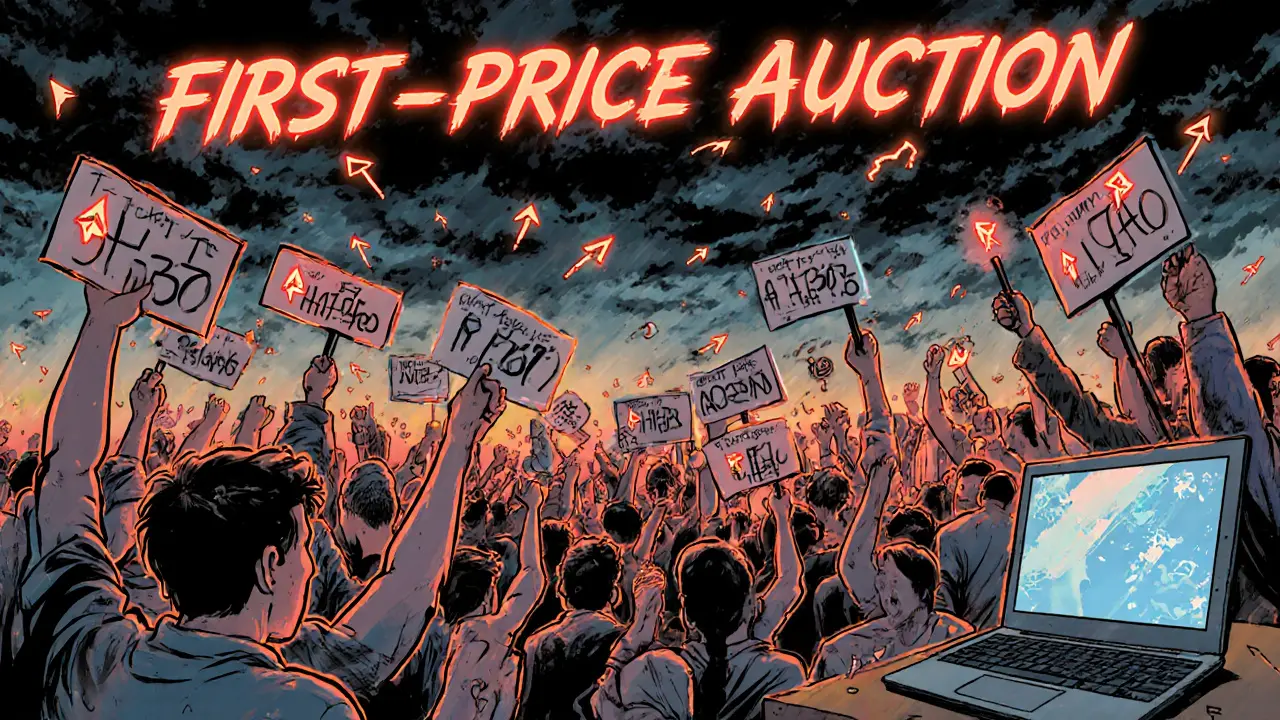Gas Fees Explained: What They Are, Why They Matter, and How to Save Money
When you send crypto, pay for a DeFi trade, or mint an NFT, you’re not just moving money—you’re paying for computational work. This cost is called gas fees, the price users pay to execute transactions on blockchain networks, especially those using proof-of-stake or proof-of-work consensus. Also known as transaction fees, it’s what keeps networks running by rewarding miners or validators. Without gas fees, anyone could spam the network with endless transactions, slowing it to a crawl. Think of it like tolls on a highway: more traffic means higher prices.
Gas fees aren’t the same everywhere. On Ethereum, a major blockchain platform that supports smart contracts and decentralized apps, where network demand directly impacts transaction costs, fees spike when everyone’s trading at once—like during a new token launch or a viral NFT drop. But on other chains like BNB Chain, a fast, low-cost blockchain developed by Binance that handles many crypto transactions with minimal fees, you might pay less than a dollar. Even within Ethereum, fees change by the second based on how many people are trying to get their transaction confirmed. High demand? Fees climb. Quiet hour? They drop. It’s not random—it’s supply and demand in real time.
Why does this matter to you? If you’re swapping tokens, staking, or using a DeFi protocol, you could be losing money to fees without even realizing it. A $50 trade might cost you $10 in gas. That’s not a glitch—it’s how the system works. Some users avoid Ethereum entirely because of this. Others use tools like gas trackers or wait for off-peak hours. There’s no magic fix, but knowing how fees work gives you control.
And it’s not just about cost. High gas fees can block people out. If you’re trying to send $20 worth of crypto but the fee is $15, the transaction doesn’t make sense. That’s why newer blockchains built for affordability are growing fast. It’s also why Layer 2 solutions like Arbitrum and Optimism exist—they handle transactions off the main chain, then bundle them up to cut costs dramatically.
What you’ll find in the posts below isn’t just theory. You’ll see real examples of how gas fees broke or saved people’s trades, how different blockchains handle them, and why some projects are built to avoid them entirely. You’ll learn what to watch for before you hit ‘confirm’—because in crypto, the cheapest path isn’t always the obvious one.
EIP-1559 transformed Ethereum's fee system by burning the base fee, reducing ETH supply and making gas costs predictable. Learn how it works, why it matters, and how it affects your transactions.

